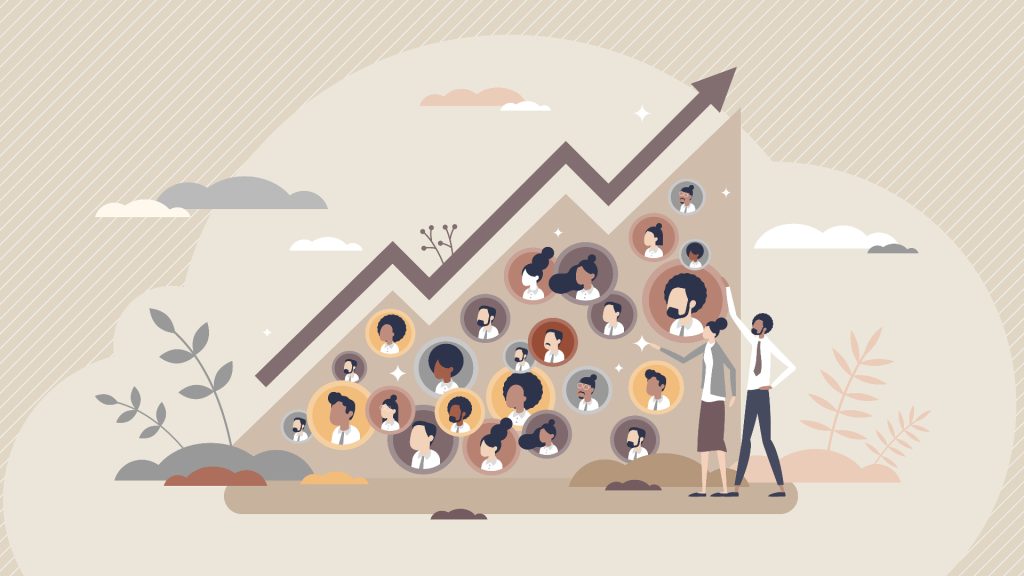In a world of over 7.9 billion people and counting, the question of whether population growth is a problem has become increasingly relevant. Some argue that a growing population leads to resource depletion, environmental degradation, and social instability. Others believe that population growth can bring economic benefits, innovation, and diversity. In this article, we will explore the different perspectives surrounding this contentious issue and examine the potential implications of population growth on our planet.
The Balancing Act: Resources vs. Population Growth
One of the main concerns regarding population growth is the strain it puts on our planet’s finite resources. As the global population continues to expand, the demand for food, water, energy, and other essential resources increases exponentially. This can lead to overconsumption, deforestation, pollution, and the depletion of natural habitats. Additionally, increased competition for limited resources can exacerbate social inequalities and result in conflicts.
However, it is important to note that advancements in technology and innovation have allowed us to sustain larger populations more efficiently. For instance, improved agricultural practices, such as precision farming and vertical farming, have increased food production and reduced the impact on land and water resources. Similarly, renewable energy sources and energy-efficient technologies offer alternatives to fossil fuels, mitigating the strain on our environment. These advancements demonstrate our capacity to adapt and find sustainable solutions to accommodate a growing population.

Environmental Impact: Balancing Growth and Conservation
Another aspect of population growth that raises concerns is its impact on the environment. As more people inhabit the Earth, the demand for housing, infrastructure, and transportation increases. This often leads to urban sprawl, deforestation, and the destruction of natural ecosystems. Moreover, the extraction of resources to support economic growth can lead to pollution, climate change, and loss of biodiversity.
Nonetheless, population growth can also drive positive environmental change. A larger population means a greater pool of minds and talents working towards innovative solutions. Individuals from diverse backgrounds and cultures bring unique perspectives and ideas to address environmental challenges. Moreover, a growing population can lead to increased public awareness and political will to tackle environmental issues. By harnessing this collective power, we can foster sustainability and conservation efforts on a larger scale.
Social Dynamics: Addressing Inequality and Empowering Communities
Population growth also has significant social implications. Rapid population growth can strain public services, including healthcare, education, and social welfare systems. In some cases, densely populated areas struggle to provide adequate resources and opportunities for their inhabitants, leading to poverty, inequality, and social unrest.

However, it is important to distinguish between population growth as a cause and a symptom of social issues. High fertility rates are often associated with underdevelopment and lack of access to education and healthcare. Addressing these root causes through investment in human capital, empowering marginalized communities, and promoting gender equality can pave the way for sustainable development. By prioritizing social progress alongside population management, we can create inclusive societies that benefit from the contributions of all individuals.
Conclusion
The question of whether population growth is a problem does not have a straightforward answer. While it presents challenges, such as resource scarcity, environmental degradation, and social inequality, it also brings opportunities for innovation, diversity, and progress. It is crucial to approach population growth holistically, considering its complex interactions with various factors such as technology, environmental stewardship, and social development. By promoting sustainable practices, investing in education and healthcare, and empowering communities, we can navigate the challenges posed by population growth and build a more resilient and inclusive future.
